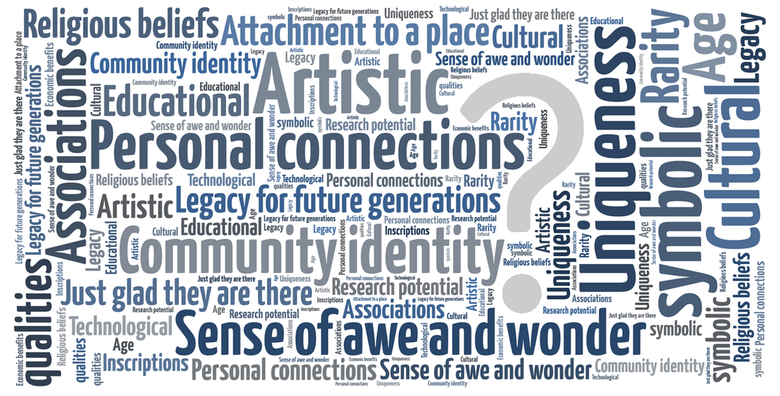Kilmartin Parish Churchyard carved stones shelter. © Susan Buckham
About Carved Stones
|
As we go about our daily lives — marching down streets, crossing the countryside, entering buildings, strolling in graveyards or visiting museums — carved stone monuments are all around us. Each has a unique biography — a story to tell us about the people, places and things caught up in its past and present. The stones may fascinate us, inspire questions, stimulate our imaginations, give us a sense of well-being, and contribute to how we define our identities and sense of place. All these considerations are factors in the future understanding and management of carved stones.
Carved stones in Scotland range from abstract designs carved onto the living rock by prehistoric farmers around 5,500 years ago, through to Roman altars, Pictish symbol stones and other early medieval monuments, later medieval carved stones, gravestones and other burial monuments, architectural sculpture and modern carved sculpture. Individually, and as communities, we appreciate and value these monuments and their contexts in different ways and for different reasons. All of these values contribute to understanding why carved stones are significant today and how they might be managed for the future. What sort of things do you, your family, friends and community value carved stones for?
|

